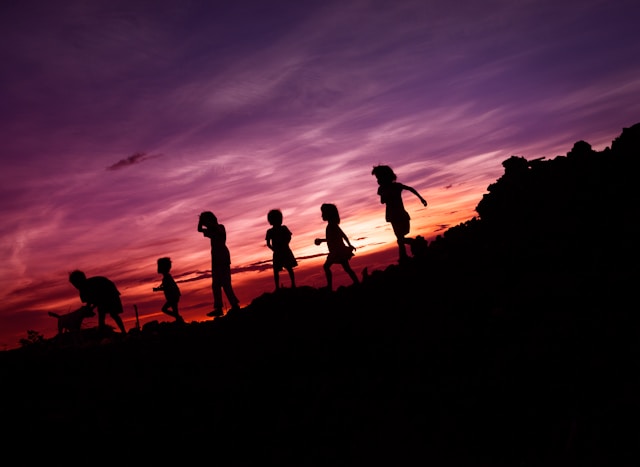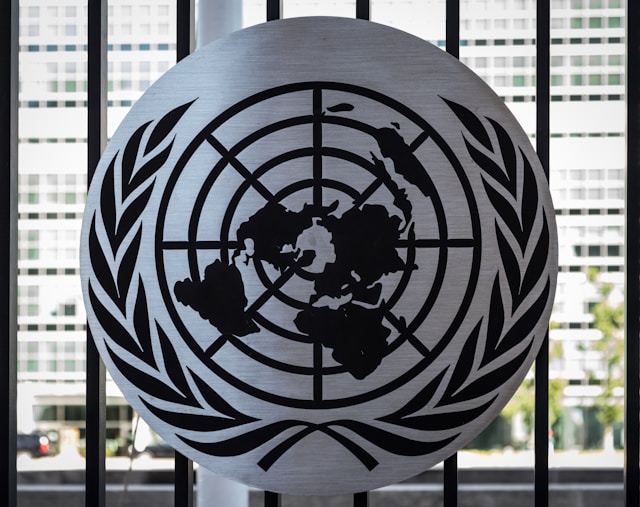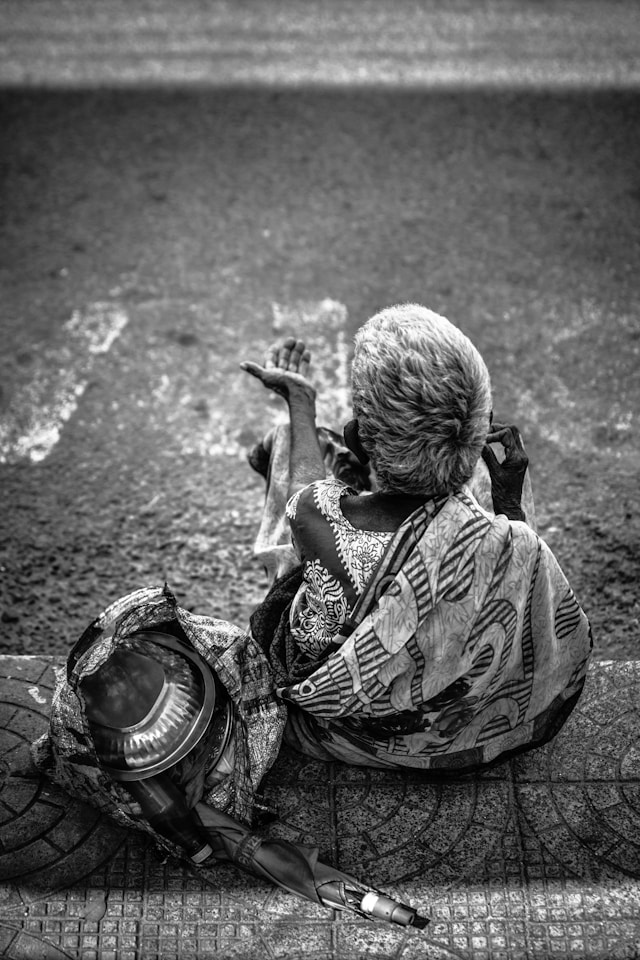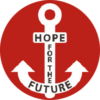The world may be looking away, but the numbers speak for themselves: increasing numbers of children are falling victim to human traffickers, exploited as goods to be bought and sold. In a new report, the United Nations warns of a dangerous increase in the numbers of cases of children being subjected to forced labour, physically exploited or trafficked – and highlights the fact that the practice is widespread not just in poorer countries, but increasingly also in the wealthy states which actually consider themselves wealthy and safe.
What is currently happening

Imagine you’re ten years old. Instead of going to school, you spend your days in a dark factory hall, the air filled with chemicals, your hands sore from the hard work. Or that you’re a twelve-year-old girl being trafficked across international borders against your will. For millions of children around the world, this is not mere imagination, but everyday reality.

The newly-published Global Report on Trafficking in Persons 2024 by the United Nations Office on Drugs and Crime (UNODC) reveals the trend: the numbers of children recorded as victims of human trafficking rose by 31 percent between 2019 and 2022.
The increase in the numbers of girls involved is even more alarming – with 38 percent more cases compared to pre-pandemic figures. Globally, over 202,000 people were identified as having been affected between 2020 and 2023, 38 percent of whom were minors. The numbers of female victims are particularly dramatic: 38 percent more girls fell victim to human trafficking compared to the 2019 figure.
The forms such exploitation can take are as wide-ranging as the countries demonstrating the developmental trend. 42 percent of those surveyed had been subjected to forced labour, primarily on building sites, in textile factories or as domestic slaves. 36 percent had experienced sexual abuse, often under unimaginably brutal conditions. The increase in the numbers of children being abused for criminal activities is also shocking: 8 percent of victims had been forced to commit theft, carry out fraud or take part in online criminality.
While many believe human trafficking is primarily a problem affecting poorer regions of the world, the report highlights the fact that wealthy countries such as Germany, France, Canada and the US have far from perfect records in this sector. Numbers of cases are rising in North America and Europe, particularly in fields such as sexual exploitation and digital criminality.
How the world is looking on
The causes of this increase are wide-ranging. One of the main reasons for this is growing poverty, exacerbated further by economic crises, wars and climate change.
If families no longer have any perspectives, that makes them easier to manipulate – a gap human traffickers exploit to their own benefit. At the same time, human trafficking continues to develop, with criminal networks using the latest technologies to recruit and then control victims, while prosecuting authorities often do not have access to the resources necessary to act at cross-border level.
As well as this, there is the uncomfortable fact that human trafficking is a highly lucrative business. Illegal workers, forced prostitution and criminal activities generates billions of dollars in revenue every year – and in many countries, there is insufficient political readiness to really combat this illegal economic sector. While governments delay taking measures, countless children continue to pay the price – with their liberty, their futures, and often with their lives.

What needs to be done
The UNODC report shows that human trafficking – particularly the trafficking of children – is one of the most urgent global challenges of our time. The question is not whether be should be taking action, but how long we continue to wait. Without structural changes, economic perspectives and consistent prosecution, the situation is unlikely to improve anytime soon.

To truly combat the trend, the following measures will be necessary:
- Higher fines and stricter laws, consistently penalising human trafficking in all its forms.
- Better resources for prosecuting authorities, allowing them to carry out investigations across borders and smash trafficker networks.
- Faster, more effective legal procedures, preventing human traffickers from avoiding punishment through protracted processes.
- Better child protection in refugee camps and conflict zones, to prevent children from falling into the hands of human traffickers.
- Special programs caring for and reintegrating victims to offer them long-term perspectives, and educational campaigns in endangered communities informing children and their families about the risks and possibilities for protection.
- Better cross-border investigative work to root out and smash trafficker networks.
- More bilateral and multilateral agreements, improving collaboration between states on the issue.
- Stronger support for the developing countries which, while often serving as the victims’ countries of origin, do not have the resources required to combat the human traffickers effectively.
- Education and work programs for high-risk groups of the population, to offer people economic alternatives.
- Better support for victims, ensuring they do not slip back into exploitative structures.
- Stronger investment in social security systems in order to provide particularly high-risk groups with better protection.
In other words, to do this will take deeds.
Translated by Tim Lywood
#VereintenNationen #Menschenhandel #Menschenhändler #Menschenrechtsverletzungen #UNODC #AgainstHumanTrafficking #GegenMenschenhandel #EndExploitation #EndTrafficking #HopeForTheFuture #Österreich
